- Books Name
- Social Science Book
- Publication
- Cognizance Publication
- Course
- CBSE Class 7
- Subject
- Social Science
Chapter 5
Towns, Traders and Craft persons
During medieval period, towns are specified in the functions. The types of towns include a temple town, an administrative centre, a commercial town or a port town or others.All functions were combined in a single town as well.
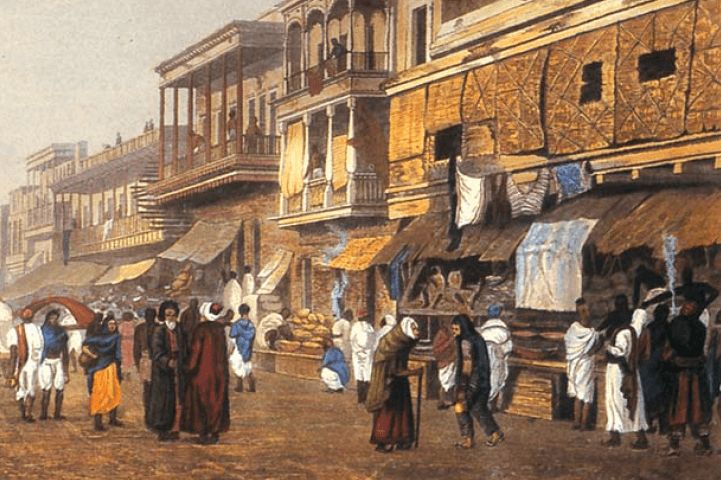
Administrative centres
Thanjavur, the capital of the Cholas was an administrative centre.The perennial river Kaveri flows near this beautiful town.The town peoples are all praised for itsarchitect. Rajarajeshvara Temple was built by King Rajaraja Chola by the architect Kunjaramallan Rajaraja Perunthachchan in this town ,who has carved his name on the temple wall. Inside is a massive shivalinga.Beside the temple, there are palaces with mandapa or pavilions, kings hold court in thesemandapa’s, issuing order to their subordinates.
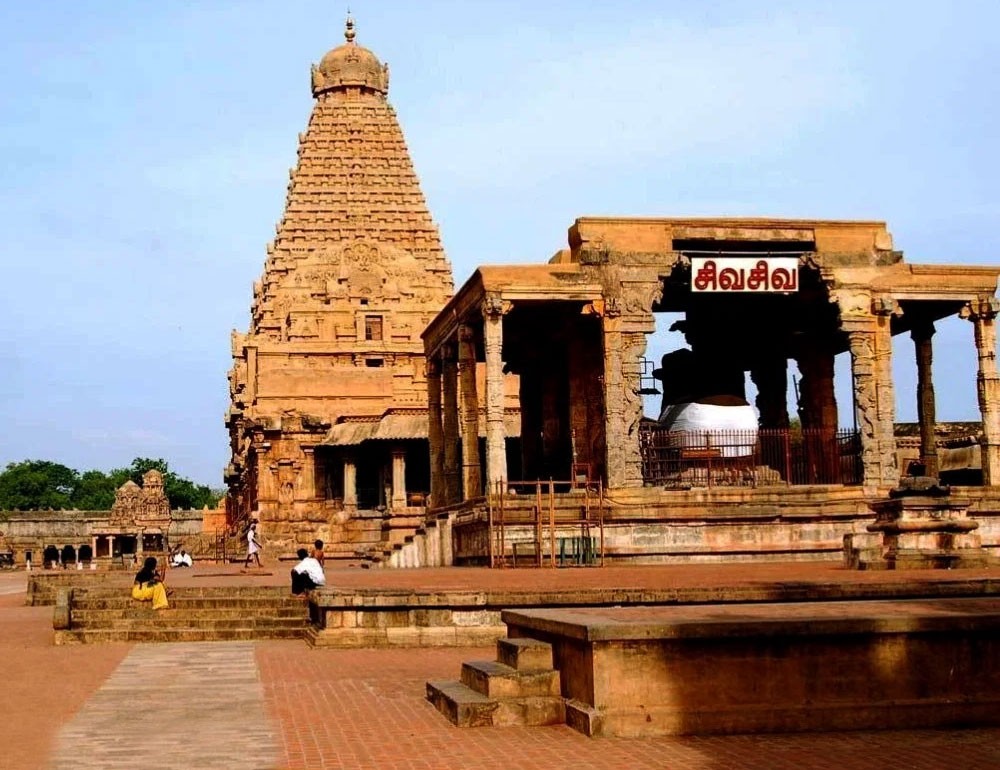
These are also barracks for the army.The town is bustling with market selling grain, spices, cloth and jewellry.Water supply for the town comes from wells and tanks.This saliyaweavers of Thanjavur and the nearby town of Uraiyar, are busy in producing cloth for flags that was to be used in the temple festival.Some distance away at swamimalai, the sthapatis or sculptures are making equisite bronze idols and tall, ornamental bell metal lamps.
Temple Towns and pilgrimage centre
Thanjavur is also an example of Temple Town, which represent a very important pattern of urbanisation, the process by which cities develop.Ruler built temples to demonstrate their devotion to various deities.They also endowed temples with grants of land and money to carry out elaborate rituals, feed pilgrims and priests, and celebrate festivals. Pilgrims who flocked to the temples also made donations.Temple authorities use this wealth to finance, trade and banking.A large number of priests, workers, artisans, traders settled near the temple to cater to its needs and those of the pilgrims. Thus grew temple towns.Towns emerged around temples such as those of Bhillasvamin( Vidisha in Madhya pradesh), and Somnath in Gujarat. Other important temple towns included Kanchipuram and Madurai in Tamil Nadu, and Tirupati in Andhra Pradesh.
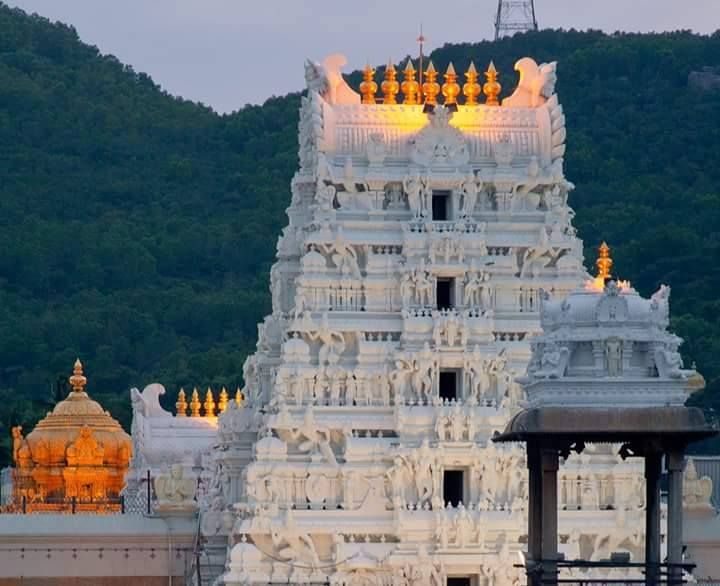
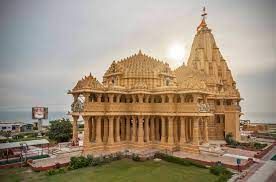
Pilgrimage centers are slowly developed into townships. Vrindavan(Uttar Pradesh) and Tiruvannamalai(Tamil Nadu) are the examples of two such towns. Ajmer (Rajasthan) was the capital of Chauhan kings in the 12th century and later becomes the (suba) headquarters under the Mughals. It provides an excellent example of religious coexistence.Khwaja Muinuddin Chishti, who was a celebrated Sufi Saint settled there in the 12th century, attracted devotees from all creeds. Near Ajmer is a lake Pushkar which has attracted pilgrims from ancient times.
Bronze is an alloy compound of copper and tin. Bell metal contains copper and tin. Bell metal contains a greater proportion of tin than other kinds of bronze. This produces a bell like sound. Chola rulers use this metal to make statue through the lost wax technique.
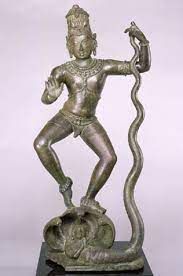
Network of Small Towns
From the 18th century onwards, several small towns started developing from large villages in the subcontinent.They usually has mandapika(mandi of later times) and market streets called hatta(haat of later times) lined with shops.Nearby villages brought their produce to sell here. Besides, there were streets for different kinds of artisans, such as potter's, oil pressers, sugar makers, toddy makers,smiths, stonemasons. Some of the traders lived in the town, other travel from town to town. Many come from far and near to these towns to buy local articles and sell products of distant places like horses, salt camphor, saffron, betel nut and spices like pepper.Usually a samanta or in later times a zamindars built fortified palace near the town andlevied taxes on traders, artisans and articles of trade and sometimes ‘donated’ the right to collect these taxes to local temples, which had been built by themselves or by rich merchants.
Taxes were collected in kind or in cash.Taxes were taken on sugar and jaggery, dyes, thread, cotton, on coconut, salt, butter,sesame oil, on cloth, metal goods, distillers, cattle fodder and on loads of grain.

 Cognizance Publication
Cognizance Publication
